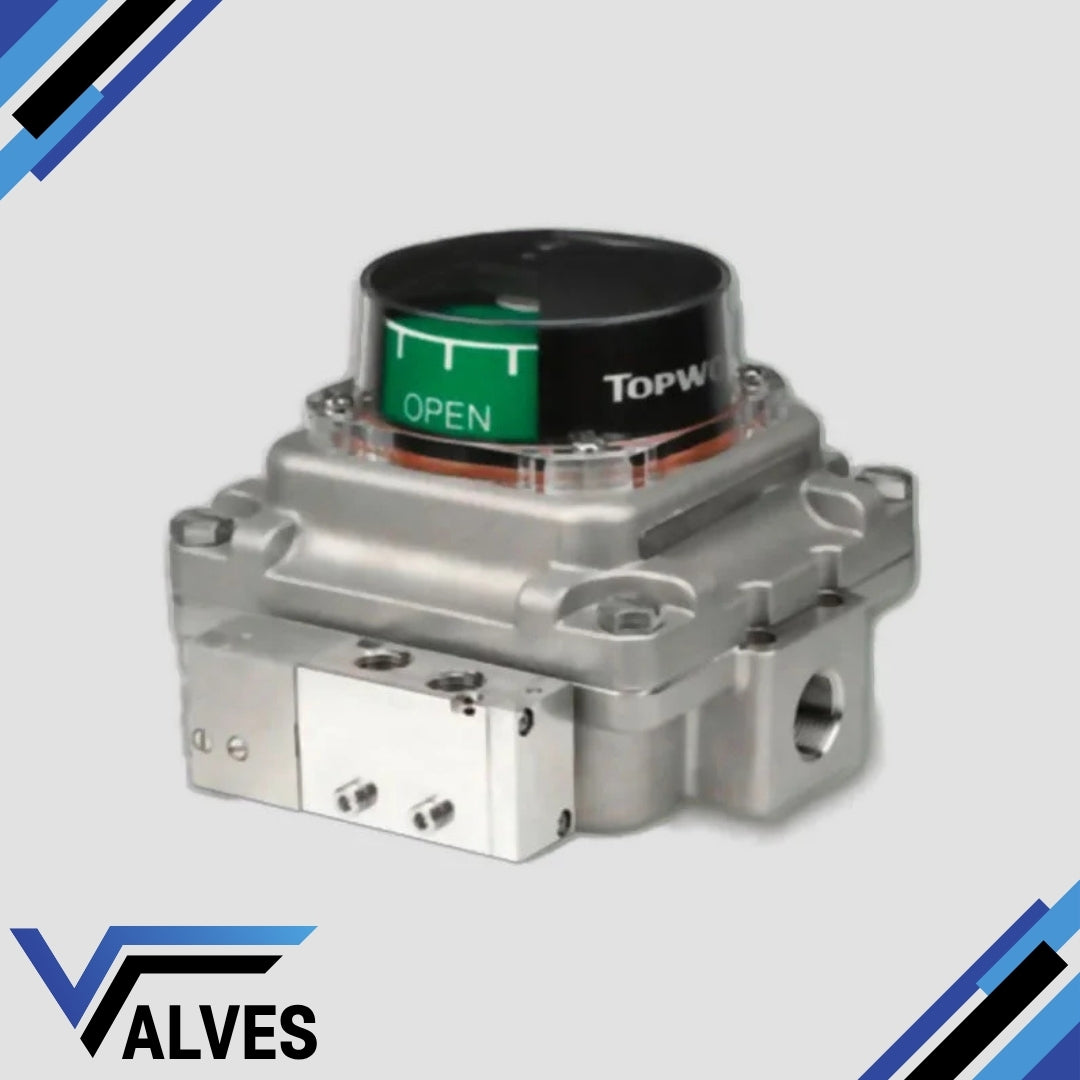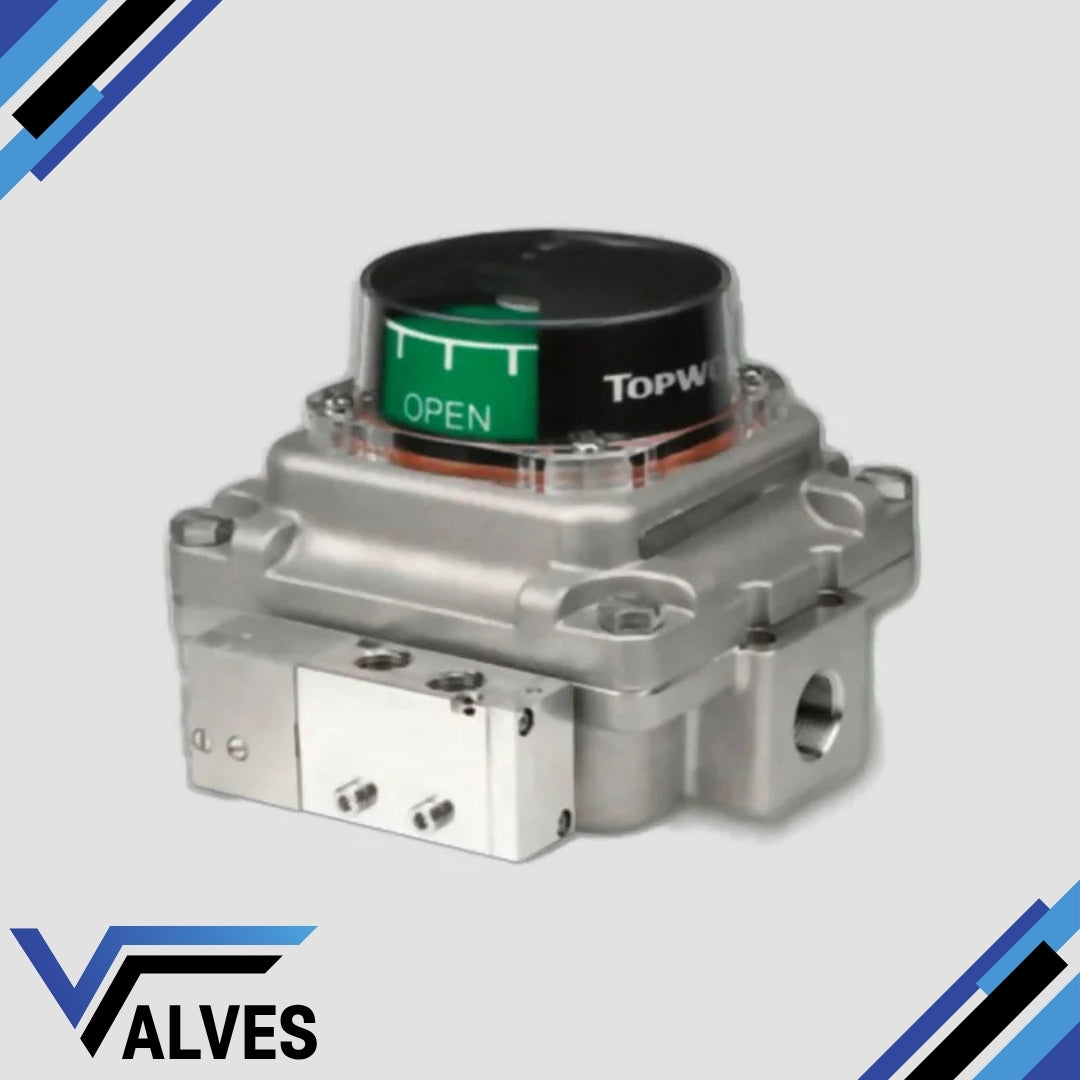Topworx Switchboxes
TopWorx Limit Switch Box TXS-0X0GLEM Valve Monitor
TopWorx Limit Switch Box TXS-0X0GLEM Valve Monitor
Couldn't load pickup availability
The TopWorx TXS-0X0GLEM Valve Monitor is a compact and reliable solution designed for precise valve position indication in demanding environments. Built to meet global standards, this limit switch box provides accurate feedback, enhancing process efficiency and safety. Its robust construction and versatile mounting options make it suitable for a wide range of applications, from oil and gas to water treatment facilities.
Key Features
- Durable Construction: Engineered for harsh environments, the TXS-0X0GLEM offers protection against moisture, dust, and corrosive elements, ensuring long-lasting performance.
- Global Certifications: The TXS series is certified for use in hazardous locations, including ATEX, IECEx, and UL, providing versatility for international projects.
- Easy Installation: With its versatile mounting options, the TXS-0X0GLEM is compatible with a wide range of actuators and valves, simplifying the installation process.
- Accurate Position Feedback: Provides clear and reliable indication of valve position, improving process monitoring and control.
- Visual Position Indicator: Comes with a high-visibility visual indicator, making it easy to monitor valve status at a glance.
- Flexible Switch Options: Offers various switch configurations, including mechanical and proximity switches, to meet specific operational needs.
Additional Information
The TopWorx TXS-0X0GLEM Valve Monitor is designed to enhance safety and efficiency in automated systems. Its rugged design and wide operating temperature range ensure reliable performance in the most extreme conditions, making it an ideal choice for industries where uptime and precision are critical. The device's certifications for hazardous areas mean it can be trusted in environments that require strict compliance with safety standards. Additionally, the low-maintenance design and modular components reduce downtime and provide long-term operational cost savings. With its clear visual feedback and flexible switch options, this valve monitor is a comprehensive solution for a variety of valve automation applications.
Share

FAQ's
What is the difference between a valve and an actuator?
What types of actuators are available?
The main types of actuators are:
Pneumatic actuators – use compressed air for fast, reliable operation.
Electric actuators – use electrical power for precise control.
Hydraulic actuators – use fluid pressure for high-torque applications.
Each type offers unique advantages depending on the environment, media, and system control needs.
How do I choose the right actuator for my valve?
To select the correct actuator, consider:
Valve type and torque requirement
Power source available (air, electric, or hydraulic)
Operating environment (temperature, humidity, hazardous area)
Control signal type (on/off or modulating)
Matching actuator torque and compatibility with the valve’s ISO mounting ensures reliable performance.
What are the main types of valves used in automation?
The most common valves in automated systems include:
Ball valves – for tight shutoff and quick operation.
Butterfly valves – for larger flow control with compact design.
Globe valves – for precise throttling and flow regulation.
Check valves – to prevent backflow.
Gate valves – for full bore flow isolation.
What’s the difference between a double-acting and spring-return actuator?
Double-acting actuators use air (or power) to both open and close the valve.
Spring-return actuators use air to open (or close) the valve, and a built-in spring to automatically return it to a safe position when power or air is lost — ideal for fail-safe operation.
How often should valves and actuators be serviced?
Regular maintenance intervals depend on operating conditions, but a good rule of thumb is to inspect every 6–12 months.
This includes checking for leaks, lubrication, seal wear, and actuator responsiveness to prevent unexpected downtime.

